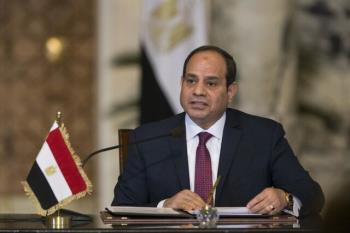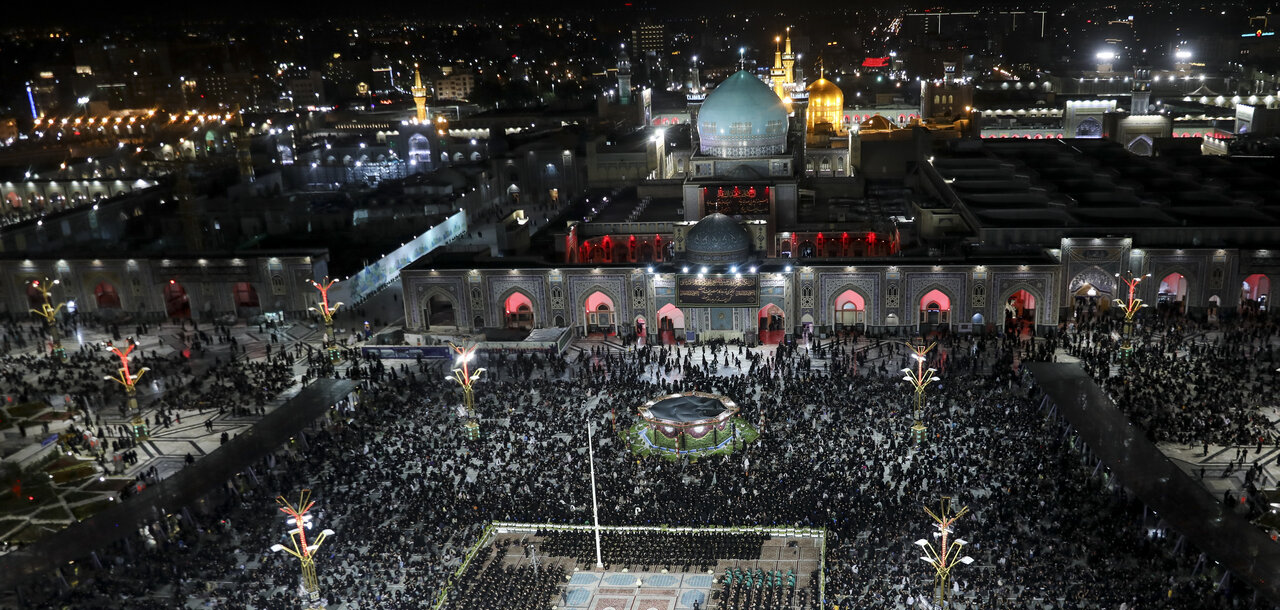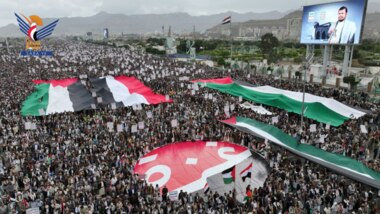Alwaght- International order is experiencing deep changes at major and low-significance levels, to an extent that the prominent American theorist and political scientist John Joseph Mearsheimer believes that the fundamental principles of the past order are changing and we can hardly think about their rehabilitation. The entry of the international order into the post-American period has brought about environmental dynamism at regional levels, with the core regions being West Asia and the Persian Gulf.
A look at the West Asia environment makes it clear to us that this strategic region has undergone different crises ensuring the global economic and energy security, something giving rise to a security order based on the balance of power. In these conditions, the majority of the analysts highlight a state of transition from the chaotic system to a new paradigm of the security order in the region.
In this transition process, the role of decline of the US weight and influence in the course of developments is highly significant.
The Hegemonic Stability Theory indicates that Washington’s key aim in West Asia at present is prevention of rise of a regional hegemon threatening the interests of the US and its allies. Therefore, after starting the process of gradual decrease of military presence in the region especially after withdrawal from Afghanistan, the US worked on advancing its strategic aim by trying to bring the Arabs close to Israelis and pushing to unite their ranks against Iran and its allies in Axis of Resistance.
On the other hand, there are state and non-state actors that do not approve of the American hegemony in the region. In recent years, the Islamic Republic has been the leader of opponents of the American regional presence, represented by Resistance camp. This camp includes Syria, Yemen, and Iraq, and non-state actors such as Lebanon’s Hezbollah and Palestine’s Hamas, which has tried to cooperate with trans-regional powers active in the region, such as China and Russia, in order to counter the hegemonic plans of the US.
The Resistance camp’s victories in game of equations
In this dual-sided equation of the transitioning regional security order we can witness formation and constant multiplication of network alliances that are formed by each side of this competition. In network alliances, the actors gather together under a coalition that emerges out of marriage of various issues that spread from one area to another, and the combinability of the goals takes the coalition out of being restricted to a specific goal.
Beside such goals as putting pressures on Iran, preventing end of Syrian crisis, and pressing the resistance groups in Lebanon, Iraq, and Yemen, the US ultimate goal behind advancing the normalization between the Arab countries and the Israeli regime is making a coalition for protecting its hegemony in the region.
However, the course of developments in recent months has gradually signaled failure of the American policies. On the one hand, the Arab countries’ tendency towards rebuilding ties with Syria just contrary to the US wish has increased in recent months and Damascus is likely to reclaim its Arab League seat in the near future. President Bashar al-Assad’s visit to Oman earlier this month followed by visit to Damascus of an Arab parliamentary delegation and possible Turkish-Syrian détente in the near future mark considerable developments towards end of Syrian crisis.
On the other hand, the Chinese-brokered Iranian-Saudi rapprochement agreement that was signed on Friday in Beijing dealt a fatal blow to the dream of establishing an Arab-Israeli coalition, and very likely, its stabilizing effects on the region especially in Yemen, Iraq, Lebanon, and the Persian Gulf will ease the Iranophobic atmosphere and foil Western selling of illusion of security to the Arab states through normalization with Tel Aviv. Also, this stabilizing agreement grants China a greater involvement in the regional developments. Indeed, Chinese economic pacts with Iran and Saudi Arabia have played a substantial role in creation of such a communicational atmosphere and this will increase the Arab willingness to widen partnership with this Asian economic giant, something, in turn, dealing another blow to the US-favored regional security order.
Looking at the developments, we can conclude that in the game of the two rival forces for shaping the future regional security order, the US strategy for building a new order resting on Arab-Israel normalization has been checkmated by appropriate responses from Washington’s regional and international rivals.



























